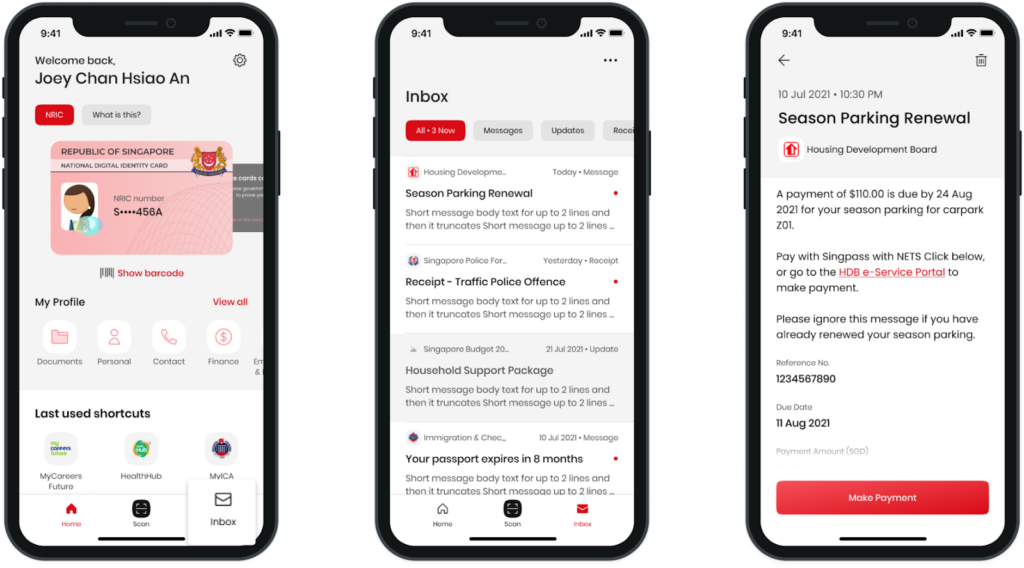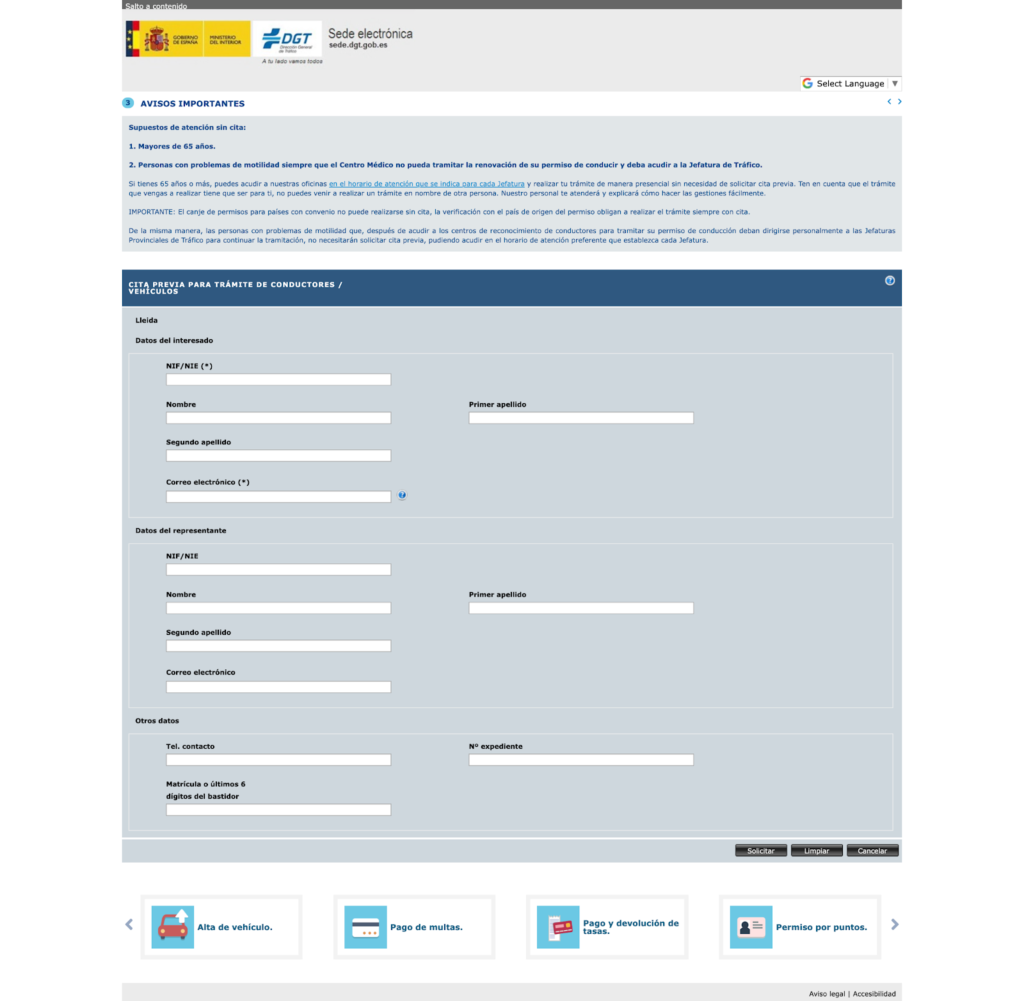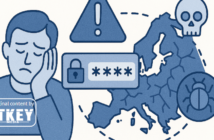With nearly 70% of the global population using the internet – and growing by 3% annually – digital accessibility is more critical than ever. In many countries, the days of waiting weeks for letters or traveling long distances to government offices are behind us. Today, many services are just a click away on computers, smartphones, and IoT devices. However, not all government websites provide user-friendly, intuitive designs or easy access to comprehensive information.
Our team at P2H specializes in transforming government platforms into user-friendly interfaces across the Middle East and the United States. In this series of 3 articles, I will delve into the reasons behind the slow progress of digitalization in government, spotlight the positive trends in e-government, and offer strategies for overcoming the sector’s inherent complexities and bureaucratic obstacles.
The Benefits of User-Friendly Government Platforms
A robust online presence is essential for government institutions, offering substantial benefits to both the government and its users, including citizens, organizations, and foreign nationals. These platforms provide faster, easier, and 24/7 access to information and services, eliminating the need for in-person visits to government offices. Additionally, they enable government institutions to monitor processes and outcomes more effectively, while maintaining transparency and accessibility. This fosters long-term relationships and promotes economic development.

Anastasiia Bondarenko, UI/UX Designer at P2H
Governments gain multiple benefits from effective digital platforms, including the ability to:
- Simplify complex bureaucratic processes and enhance transparency.
- Improve user interactions by facilitating feedback and communication.
- Increase efficiency by reducing administrative costs and optimizing resource use.
- Quickly adapt to changes in laws, regulations, or civic needs.
- Reduce corruption through automation and minimize human involvement.
- Accelerate data processing and standardize digital databases.
- Streamline monitoring processes and integrate services into a unified digital ecosystem.
- Ensure high standards of data protection.
- Strengthen the country’s image, promoting economic growth and innovation.
P2H designer Anastasiia Bondarenko adds, “Apart from the obvious functional benefits, the state has less apparent but important reasons to invest in e-government projects. By presenting these platforms in the international market, countries demonstrate their digital maturity. Consequently, they improve their image, attract financial investments, and increase the country’s appeal to tourists and expats.”

Singpass application. Singapore
Common Challenges with Government Websites
Despite these benefits, many government websites and digital services struggle with usability due to several factors:
1. Outdated Technologies
Many government institutions still rely on technologies, mechanisms, and interfaces developed over a decade ago, making integration with modern solutions difficult. These outdated systems often overlook user experience and lack investment in research, development testing, and implementation of current design strategies.
2. Bureaucracy and Regulatory Constraints
Implementing new technologies or updating existing systems often requires navigating multiple bureaucratic levels, leading to delays. Moreover, regulatory and administrative requirements can further complicate digital transformation efforts, leaving many institutions unprepared for comprehensive reforms.
3. Funding Limitations
Digital transformation is a complex and costly process that requires significant investment. Often, government projects receive limited funding unless they are part of a broader national strategy. As a result, improvements in design are typically minor and constrained by both technological and administrative limitations.
4. Service Complexity
Government services are typically overloaded with information and can become increasingly complex over time. In many cases, minor updates may only offer temporary relief or prove ineffective. This highlights the need for regular, systematic audits of all services and continuous optimization of both online and offline processes to enhance usability and efficiency.

An Example of an Outdated E-Government System Criticized by Many: DGT Spain
But it’s important not to generalize across all government institutions, as many are actively evolving their approach to digital services. In the next article we will go into details of what positive tendencies and changes are to be observed in e-government.
Read part 2 here and part 3 here.

Timur is a UX/UI Tech Lead at P2H. He has been working for nearly 9 years in UX/UI Design, making strategic design planning, product research as well as prototyping and testing for clients from Enterprise, SaaS, Fintech, Consulting, HR and other industries. Timur has strong expertise in planning, investigating and creating intuitively simple for usage web-interfaces.





